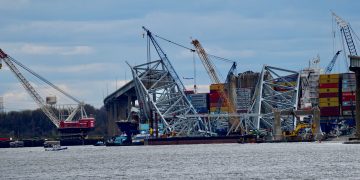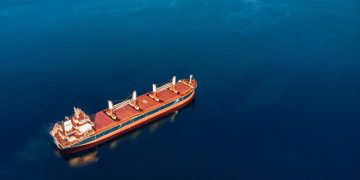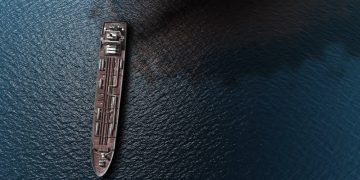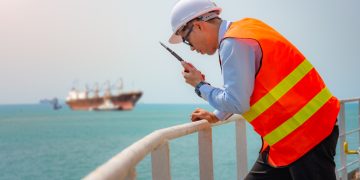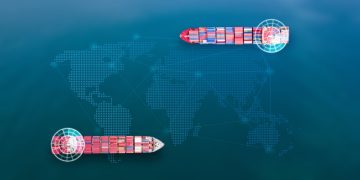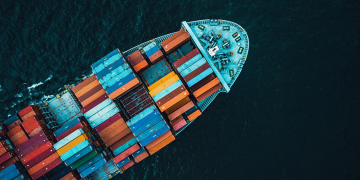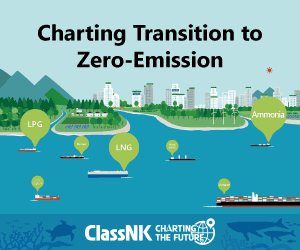A Lloyd's Register Summary The EU has hinted for some time at pushing forward with a regional initiative when it comes to CO2 and shipping, and now we have it. In late June the industry was presented with their new draft regulation on monitoring, reporting and verification (MRV) of CO2 from shipping.Lloyd's Register has prepared the following summary of European Union Proposal for Regulation on Monitoring, Reporting and Verification of CO2.On 28 June 2013, the European Commission published its finalised proposal for a European Union (EU) regulation on Monitoring, Reporting and Verification (MRV) of CO2 emissions from ships. The regulation, No.525/2013, is introduced further to the EU's Climate and Energy Package, adopted on 23 April 2009, which seeks international agreement including emission reduction targets through the IMO or the UNFCCC.The regulation will apply to certain vessels conducting voyages into, out of and between EU ports and will require annual reporting of their CO2 emissions in line with a verified monitoring plan. The purpose of the regulation is to provide reliable information on greenhouse gas (GHG) emissions within maritime transport. As a first step the regulation is intended to focus on, and establish, CO2 emissions which will then allow the EU ...
Read more





